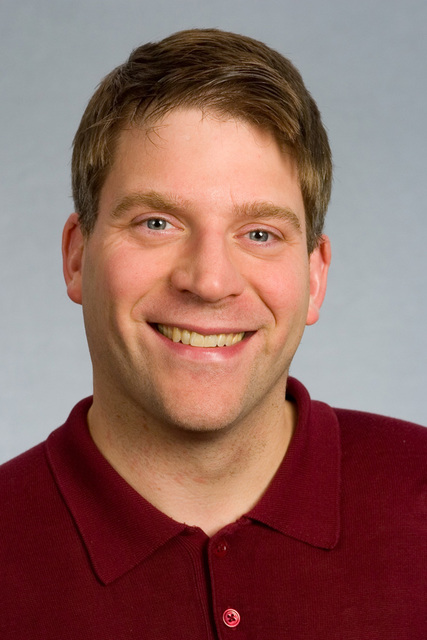Hudson Jr.: First Amendment freedoms need ‘breathing space’
“Breathing space” remains one of the most important concepts in First Amendment phraseology and jurisprudence.
Government officials should not create an atmosphere or pass laws where individuals are chilled from speaking out and expressing their ideas. Oftentimes, more questionable speech is protected in order to provide “breathing space” for other expression.
The U.S. Supreme Court first utilized the term in NAACP v. Button (1963), a case involving a Virginia law used to shut down the NAACP’s civil rights litigation efforts. The court protected the First Amendment rights of the group to engage in public interest litigation.
Writing for the court, Justice William Brennan wrote: “Because First Amendment freedoms need breathing space to survive, government may regulate in the area only with narrow specificity.”
Justice Brennan utilized the term “breathing space” the next year in the landmark libel decision, New York Times Co. v. Sullivan (1964). He reasoned that “erroneous statement was inevitable in free debate” and First Amendment freedoms need “breathing space” to survive. Times v. Sullivan established a rule where not all false speech constituted defamation about public officials. A rule imposing strict liability on any false speech would not provide the breathing space necessary for individuals to criticize public officials.
While developed in the 1960s, the “breathing space” concept remains important in First Amendment cases. The U.S. Supreme Court has used the term in more than 50 First Amendment free-speech decisions.
The U.S. Supreme Court used the term in United States v. Alvarez (2012). Alvarez concerned the constitutionality of the so-called Stolen Valor Act, punishing individuals who lied about receiving military medals. The court once again recognized that sometimes false speech must be protected in order to provide breathing space for other expression.
It wasn’t a surprise that the term “breathing space” was an issue in Alvarez. As I explained in a previous piece, the concept was mentioned 17 times during oral arguments before the justices. Four different justices used the term in their questions.
While Supreme Court justices appreciate the meaning of “breathing space” in First Amendment cases, we need lawmakers to understand and appreciate the concept. They should appreciate the concept of “breathing space” when enacting statutes that criminalize, penalize, or stifle speech.
Justice Brennan was correct many years ago – First Amendment freedoms need breathing space to survive and thrive.
David L. Hudson, Jr. is the author of “First Amendment: Freedom of Speech” and co-editor of “The Encyclopedia of the First Amendment.” He is the ombudsman for the First Amendment Center in Washington D.C.











